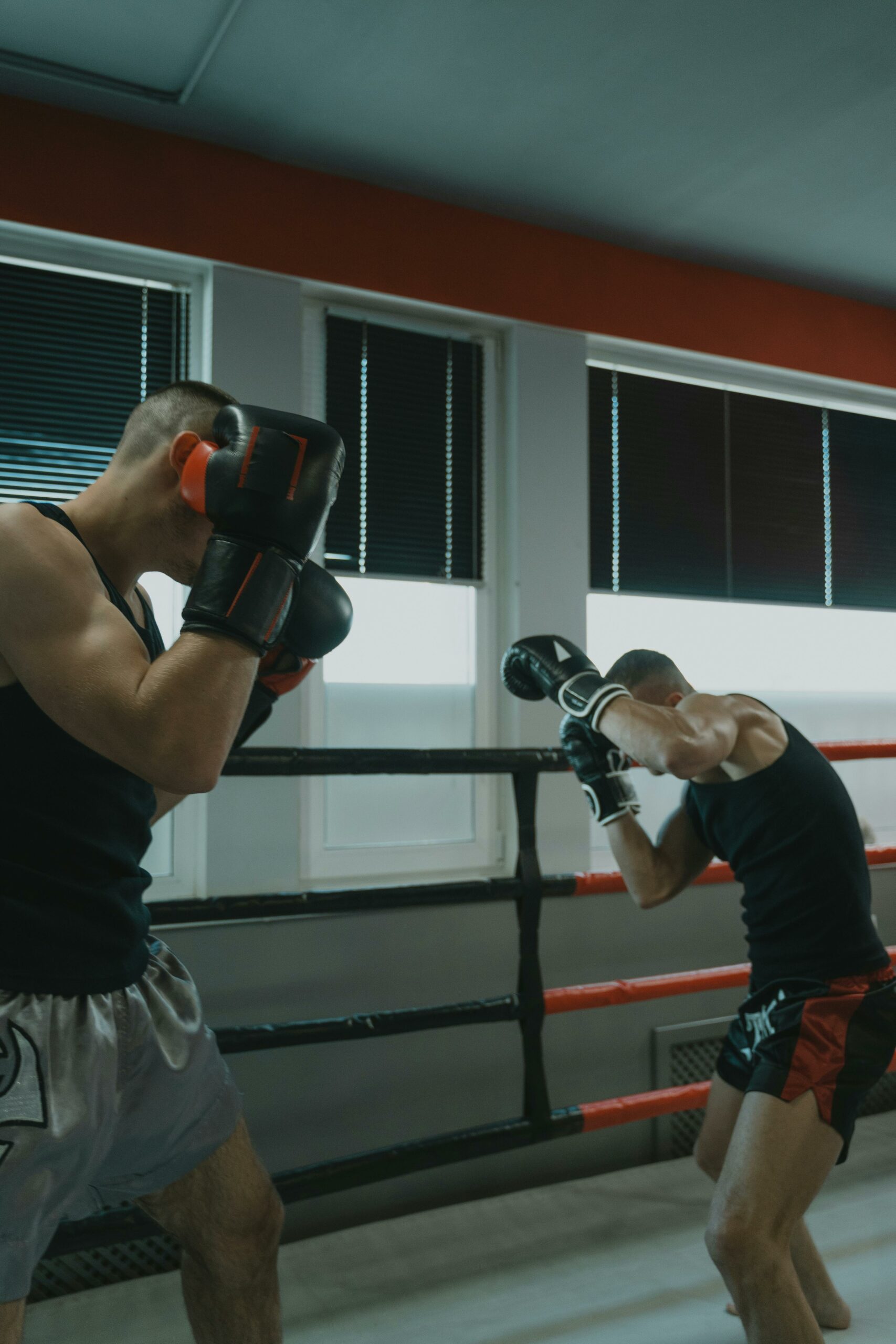Muay Thai and kickboxing are two of the most dynamic and demanding combat sports in the world. Renowned for their striking techniques, rigorous training routines, and the sheer physical and mental toughness required, these disciplines have produced some of the most famous fighters in the history of martial arts. This article delves into the lives and training regimens of some of the most celebrated Muay Thai and kickboxing fighters. By examining their routines, we can gain insight into what it takes to excel in these challenging sports.
1. Buakaw Banchamek
Background: Buakaw Banchamek, born Sombat Banchamek, is one of the most well-known Muay Thai fighters globally. His explosive power, speed, and precision have earned him numerous titles and a massive following.
Training Regimen: Buakaw’s training is characterized by a mix of traditional and modern techniques, ensuring he stays at the top of his game.
- Morning Session: Typically starts at 6 a.m. with a 10-12 kilometer run to build stamina and endurance.
- Mid-Morning: After the run, he engages in shadow boxing and bag work for an hour, focusing on refining techniques and building power.
- Strength and Conditioning: Includes bodyweight exercises like push-ups, sit-ups, and pull-ups, along with weight training to enhance muscle strength.
- Afternoon Session: Sparring with partners to simulate real fight scenarios, followed by pad work with trainers to perfect striking techniques.
- Evening: Concludes with a light run or skipping rope, followed by stretching and meditation to aid recovery and mental focus.
2. Saenchai
Background: Saenchai is another legendary Muay Thai fighter known for his incredible agility, creativity, and technical prowess. His unorthodox fighting style and ability to adapt to any opponent make him a standout in the sport.
Training Regimen: Saenchai’s training is rigorous, emphasizing both physical conditioning and technical skill.
- Cardio: Regular long-distance runs and sprints to maintain cardiovascular health and endurance.
- Technical Drills: Extensive pad work focusing on timing, accuracy, and technique. Saenchai often practices unusual strikes to keep his opponents guessing.
- Sparring: Frequent sparring sessions to apply techniques in a controlled environment, improving reaction times and strategy.
- Strength Training: Bodyweight exercises and light weightlifting to build functional strength without compromising speed.
- Flexibility: Daily stretching routines to maintain flexibility and prevent injuries.
3. Giorgio Petrosyan
Background: Giorgio Petrosyan, known as “The Doctor” for his surgical precision in the ring, is one of the most successful kickboxers of all time. His defensive mastery and technical skill have led him to multiple world championships.
Training Regimen: Petrosyan’s training focuses on a combination of technical drills and physical conditioning.
- Morning Routine: Includes running for cardiovascular endurance followed by shadow boxing to warm up and refine techniques.
- Technical Training: Extensive pad work with a coach to fine-tune combinations, footwork, and defensive maneuvers.
- Sparring: Regular sparring sessions to practice strategies and improve adaptability under pressure.
- Strength and Conditioning: Incorporates weightlifting, plyometrics, and bodyweight exercises to build overall strength and explosiveness.
- Recovery: Emphasizes the importance of rest, with activities like yoga and stretching to aid recovery and prevent injuries.
4. Ramon Dekkers
Background: Ramon Dekkers, a Dutch kickboxer and Muay Thai fighter, was renowned for his aggressive fighting style and knockout power. He paved the way for many Western fighters in the world of Muay Thai.
Training Regimen: Dekkers’ training was intense, focusing on building power and honing his aggressive style.
- Cardio: High-intensity interval training (HIIT) and long-distance running to build stamina and cardiovascular health.
- Technical Work: Hours of pad work and bag drills to perfect striking techniques and combinations.
- Sparring: Hard sparring sessions to simulate fight conditions and build toughness.
- Strength Training: Heavy weightlifting and bodyweight exercises to develop explosive power and muscular endurance.
- Mental Preparation: Visualization techniques and mental conditioning to stay focused and resilient during fights.
5. Mirko “Cro Cop” Filipović
Background: Mirko Filipović, known as “Cro Cop,” transitioned from kickboxing to mixed martial arts (MMA) with significant success. His powerful left high kick became legendary in both sports.
Training Regimen: Cro Cop’s training combines elements of kickboxing and MMA to maintain versatility and power.
- Cardio: Includes long runs and cycling to build cardiovascular endurance.
- Technical Training: Split between kickboxing techniques and MMA skills, focusing on striking, grappling, and takedown defense.
- Strength and Conditioning: Combines traditional weightlifting with functional training exercises to build power and agility.
- Sparring: Regular sparring in both kickboxing and MMA to maintain sharpness and adaptability.
- Recovery and Nutrition: Focuses on a balanced diet and proper rest to optimize performance and recovery.
Key Training Components in Muay Thai and Kickboxing
Understanding the training routines of these famous fighters highlights several key components essential for success in Muay Thai and kickboxing.
Cardio and Endurance
Importance: Cardiovascular fitness is crucial for maintaining energy levels and performance throughout a fight. Long-distance running, sprints, and interval training are common methods used to build endurance.
Typical Activities:
- Long runs (10-12 kilometers)
- High-intensity interval training (HIIT)
- Cycling
- Skipping rope
Technical Skill Development
Importance: Technical proficiency is the backbone of Muay Thai and kickboxing. Fighters spend countless hours perfecting their techniques, including strikes, blocks, and footwork.
Typical Activities:
- Pad work with trainers
- Shadow boxing
- Heavy bag drills
- Sparring sessions
Strength and Conditioning
Importance: Building strength and conditioning is vital for delivering powerful strikes and withstanding the physical demands of training and competition.
Typical Activities:
- Weightlifting (squats, deadlifts, bench press)
- Bodyweight exercises (push-ups, pull-ups, sit-ups)
- Plyometrics (jump training)
- Functional training exercises
Flexibility and Recovery
Importance: Flexibility helps prevent injuries and allows fighters to execute techniques more effectively. Recovery ensures that fighters can train consistently without overtraining.
Typical Activities:
- Stretching routines
- Yoga
- Foam rolling
- Massage and physiotherapy
Conclusion
The training regimens of famous Muay Thai and kickboxing fighters provide valuable insights into what it takes to excel in these demanding sports. From rigorous cardio routines to precise technical drills, strength training, and dedicated recovery practices, each component plays a crucial role in a fighter’s success. By understanding and implementing these elements, aspiring fighters can work towards reaching the high standards set by legends like Buakaw Banchamek, Saenchai, Giorgio Petrosyan, Ramon Dekkers, and Mirko “Cro Cop” Filipović. Whether you’re a novice looking to start your journey or an experienced practitioner aiming to refine your skills, the training philosophies of these champions offer a blueprint for achieving excellence in Muay Thai and kickboxing.


